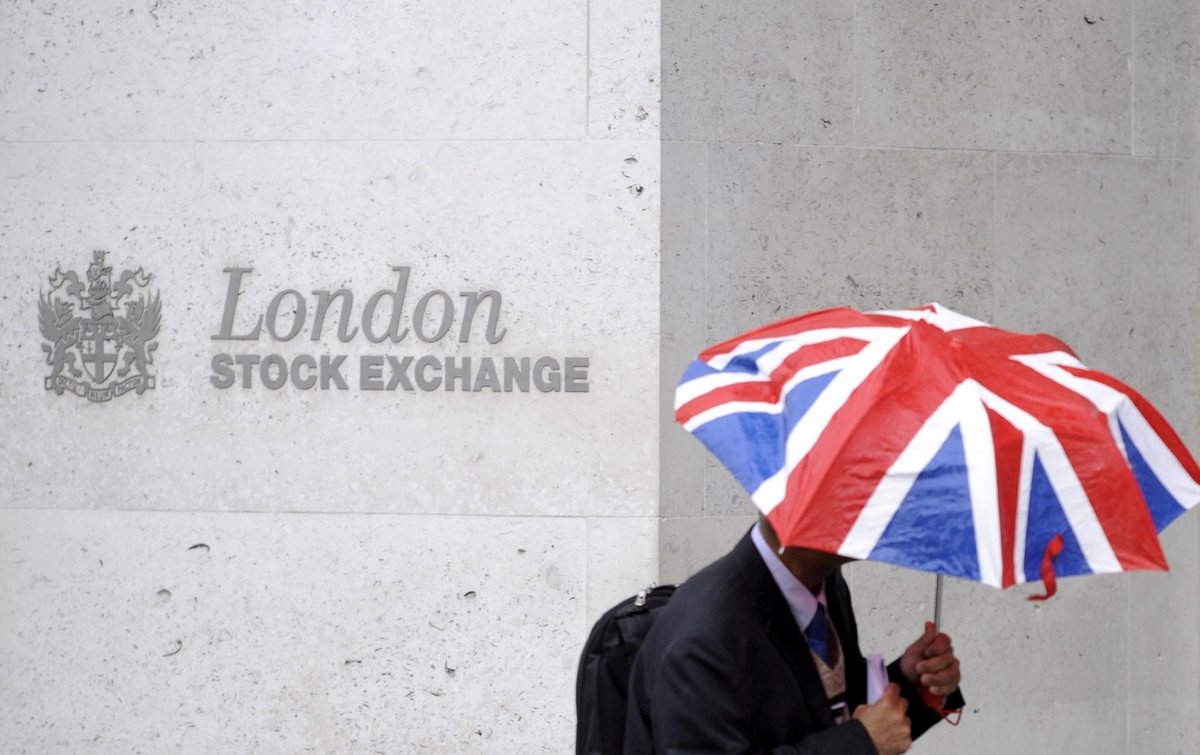By Josephine Mason, Helen Reid and Danilo Masoni
LONDON (Reuters) – Investors are bracing for more wild swings in European stocks as the upcoming earnings season tests whether fears about slowing economic and corporate growth that punished equities in recent months have become a reality.
Global stock markets cratered in the fourth quarter amid worries about China’s slowing economy, the damage from trade tensions, Italy’s budget crisis and U.S. interest rate rises.
Investors will be scouring earnings releases for evidence that the rout which saw the pan-European STOXX 600 index <.STOXX> notch up its worst quarterly performance in six years was justified.
Expectations are already low. According to I/B/E/S Refinitiv, fourth-quarter earnings per share (EPS) for STOXX 600 companies are expected to have grown by 6 percent, more than half the levels seen in Q3 and Q4 2017.
Excluding the energy sector, the increase would be just 3.9 percent.
Forecasts as recently as November were for 13 percent growth but a series of nasty industrial and trade data surprises from Europe and China has caused analysts to downgrade their view.
Equity strategists are braced for companies to reset expectations for the year ahead by slashing their 2019 guidance, even if some believe the market may have got ahead of itself by pricing in a slowdown or even a recession for later this year.
“It’s going to be a reality check because there’s been stress from many angles, with trade tensions, the auto sector in Germany, the political situation in Italy, the UK and the U.S.,” said Emmanuel Cau, head of European equity strategy at Barclays.
“I think there will be concerns to see whether the market was right to price lower in the last few months.”
Some reckon estimates are still too positive.
Sharon Bell, head of European equity strategy at Goldman Sachs, has pegged earnings growth as low as 4 percent.
“The big difference between us and consensus is that they are assuming margins will stay the same or grow a little bit, whereas we are assuming margins will go down a little,” she said.
For a graphic on quarterly earnings growth estimates for the STOXX 600 and S&P 500: https://tmsnrt.rs/2T5ufpP
UK IN FOCUS
After Apple’s “There’s heightened nervousness about corporate results. People will be quicker to throw the baby out with the bathwater,” said Lars Kreckel, global equity strategist at Legal & General Investment Management. One major market likely to catch the headlines — for good or ill — is London, which has priced in a significant de-rating largely because investors are fretting about the impact of a hard Brexit on companies and the economy. With worries about a no-deal divorce from the European Union easing as parliament asserts more control over the process after rejecting Prime Minister Theresa May’s withdrawal agreement on Tuesday, any comments about the outlook will be keenly watched. In fact, so low are the expectations that the housebuilders, considered most vulnerable to the vagaries of Brexit, have surprised to the upside in recent trading updates, triggering outsized moves higher. Take Taylor Wimpey That reaction on relatively benign news may be a harbinger of things to come as the pace of earnings picks up, with outsized moves contributing to a volatile first quarter.
(Euro zone US Citi economic surprise Jan 17: https://tmsnrt.rs/2HfedrB)
“Market expectations have come down but you’ve already seen in the UK, for example, numbers which are disappointing, but better than the low expectations out there in the market,” said Jonathan Stubbs, European equity strategist at Citigroup. Relatively low valuations for European equities also help attract investors back in when there’s the slightest indication of an improvement.
A monthly fund manager survey by Bank of America Merrill Lynch this week found 39 percent of investors see European equities as undervalued — the biggest share since Feb 2016.
Investors pulled more than $72 billion from European equity funds in 2018, more than any other region, EPFR data shows.
Outflows have continued so far this year, but at a slower pace than in the United States, with $2 billion pulled out in the first week of 2019 compared to U.S. outflows of $15 billion
(European vs US earnings growth Jan 17: https://tmsnrt.rs/2T5ufpP)
Whether the tide of flows finally turns positive again depends largely on the mood music from companies over the next few weeks.
For a graphic on economic surprises in the euro zone and the U.S.: https://tmsnrt.rs/2HfedrB
(Reporting by Josephine Mason and Helen Reid; Editing by Catherine Evans)



















